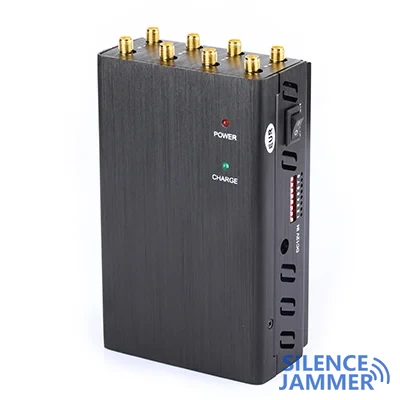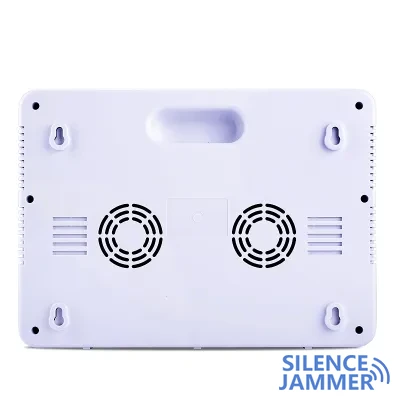- Basic principles of camera
- Basic principles of magnets
With the widespread use of surveillance cameras in homes, businesses, and public places, many people are concerned about how to protect their privacy. Some people have proposed using magnets to interfere with camera signals, but can magnets really effectively interfere with camera signals? This article will explore the impact, principles, and practical applications of magnets on camera signals.

How magnets and cameras work
The camera focuses light on the image sensor through the lens, converts the optical signal into an electrical signal, and then converts the electrical signal into a digital signal through the processor. Digital signals can be transmitted to storage devices or display devices via wired or wireless means.
The magnetic field produced by magnets can affect surrounding metal objects and certain electronic devices. Strong magnetic fields may interfere with the normal operation of electronic components, especially those that rely on magnetic principles, such as tapes and magnetic storage devices.
- Impact on wired cameras
- Impact on wireless cameras
- Impact on camera electronic components
Effect of magnets on camera signal
Wired cameras transmit data via cables and are generally not susceptible to magnets. The cable itself is made of metal conductors and insulating materials, and the magnetic field generated by the magnet is difficult to directly interfere with its data transmission.
Wireless cameras transmit data via Wi-Fi, Bluetooth, or other wireless signals. In theory, strong magnetic fields may cause some interference to these wireless signals, but the magnetic fields generated by ordinary magnets are usually not enough to effectively interfere with wireless signals. The interference of wireless signals depends more on electromagnetic interference devices in specific frequency bands rather than ordinary magnets.
Although magnets have limited impact on the camera's direct signal transmission, if the magnet is placed inside the camera or very close to the camera's electronic components, the strong magnetic field may interfere with certain sensitive components, such as magnetic sensors or storage devices. This interference may cause the camera to temporarily malfunction or impair certain functions.

- Effective position of the magnet
- The actual effect is limited
- Alternative methods
Practical applications of magnets interfering with cameras
To use a magnet to interfere with a camera signal, the magnet must be placed very close to the camera's core electronics. This usually requires taking apart the camera housing and locating near the image sensor and processor. Such an operation is not only complicated, but also risks damaging the camera.
Since camera design usually takes into account electromagnetic interference protection, it is difficult for ordinary magnets to generate a magnetic field strong enough to effectively interfere with camera signals. Even strong magnets may have a limited interference effect, especially in modern cameras, which are designed with strong anti-interference capabilities.
If you need to temporarily disable a camera, physical blocking (such as using cloth or paper to cover the lens) or using professional wireless signal jammers may be more effective. These methods are more direct and relatively simple to operate, and do not require disassembly of the camera equipment.
Magnets have limited ability to interfere with camera signals, especially with modern camera equipment. To effectively interfere with a camera signal, magnets typically need to be placed very close to the camera's core electronics. For situations where privacy needs to be protected or surveillance avoided, more direct and legal methods such as physical blocking or negotiation with the device owner are recommended.


